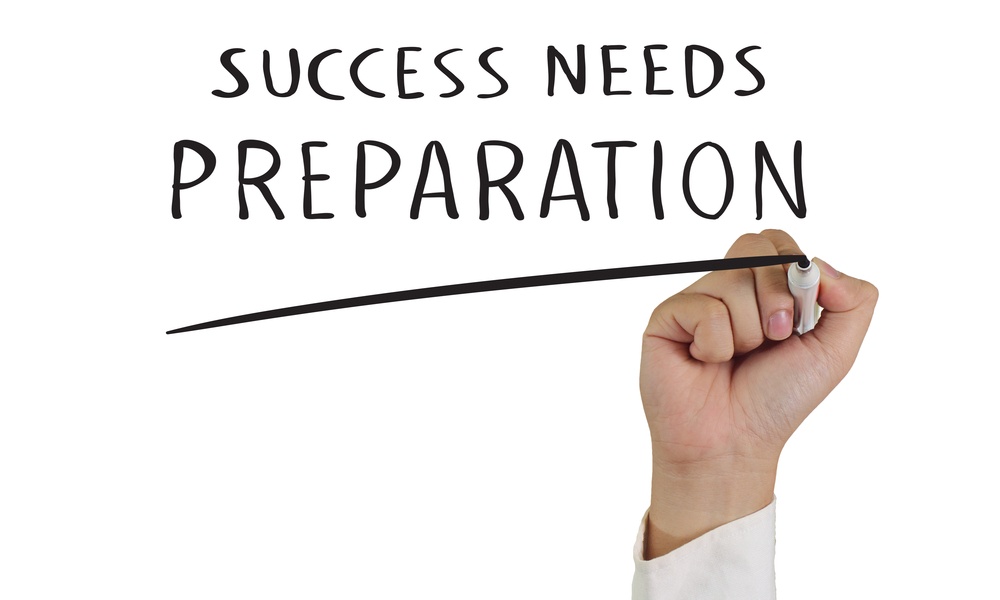Long-form content is an excellent promotional tool that offers an excuse to communicate directly with target audiences, an opportunity to rank higher in the search engines, and the ability increase social media success. But whether creating long-form content for clients or your own business, the process can be stressful and tedious. Here's a four-step plan you can use to make creating long-form content more enjoyable and efficient overall:
Make a List and Check it Twice
The first step that should always be taken before starting a long-form content project is to make a list and go back to it several times so you can flesh it out. At this point, the idea is to list as many topics, ideas, and insights that could be used to develop the content you need. If you're working on an e-Book or white paper that involves business automation, think outside of the box and list ideas about employee retention and customer relations. These points may later provide you with ideas that can be tied into your initial topic to provide additional insight.
Once you've brainstormed a list, put it in a safe spot overnight and go back to it the next day. Spend a minute or two considering each point on your list to decide whether you can further develop them or if they're simply too far off topic and flesh out your list accordingly. Then put the list away for another day and go back to it once more to further refine your ideas until you have a solid base that you feel comfortable working from.
Organize into Sections
Now that you have a base list of ideas to work with, you can start organizing the ideas and information into sections. Start by creating headlines for your sections based on the information you plan to provide to your audience overall. Each new topic that expands on the specific idea of your piece should be given its own section.
For example, if you're writing about marketing options for blog owners you can create a different section for where to find the best marketing services, how to weed the bad ones out, how to use these services effectively, and when to expand on marketing techniques. You can then organize your information underneath these topics, making sure that all of your talking points get covered. If any points aren't assigned to a section by the time you're done organizing, consider creating a miscellaneous section for them at the end of your long-form piece.
Focus on Sections One at a Time
After you have organized your information into sections, it's important to go back to the beginning and go through each section one at a time to create a structure for them. Under each section, list your topics as you'd like them to be utilized within the content when it is created and round out each topic with corresponding points, insight, ideas, statistics, and other pertinent information that shouldn't be overlooked during content production. You'll find that this process makes it really easy to actually write the content overall, and will help ensure that nothing your audience needs or wants to know is left out.
Think About Resources and Visuals
Finally, it's a good idea to think about resources and visuals before you starts writing your content so you can keep those aspects in mind as you write. If you want to provide your audience with statistics and industry specific information, make a running list of links that you can include in the content as you produce it. Think about the kinds of visuals you'd like to add into your content. Will you be sticking with logos and icons, or do you want to include vibrant professional photos throughout? With this question answered you can keep the general size and design in mind when writing to ensure that your paragraphs and visuals complement each other as opposed to distract from one another.
This four step plan is sure to make creating your long-form content easy, and help ensure that you're providing your readers with quality content that will make them want to keep coming back for more.






